Biographies
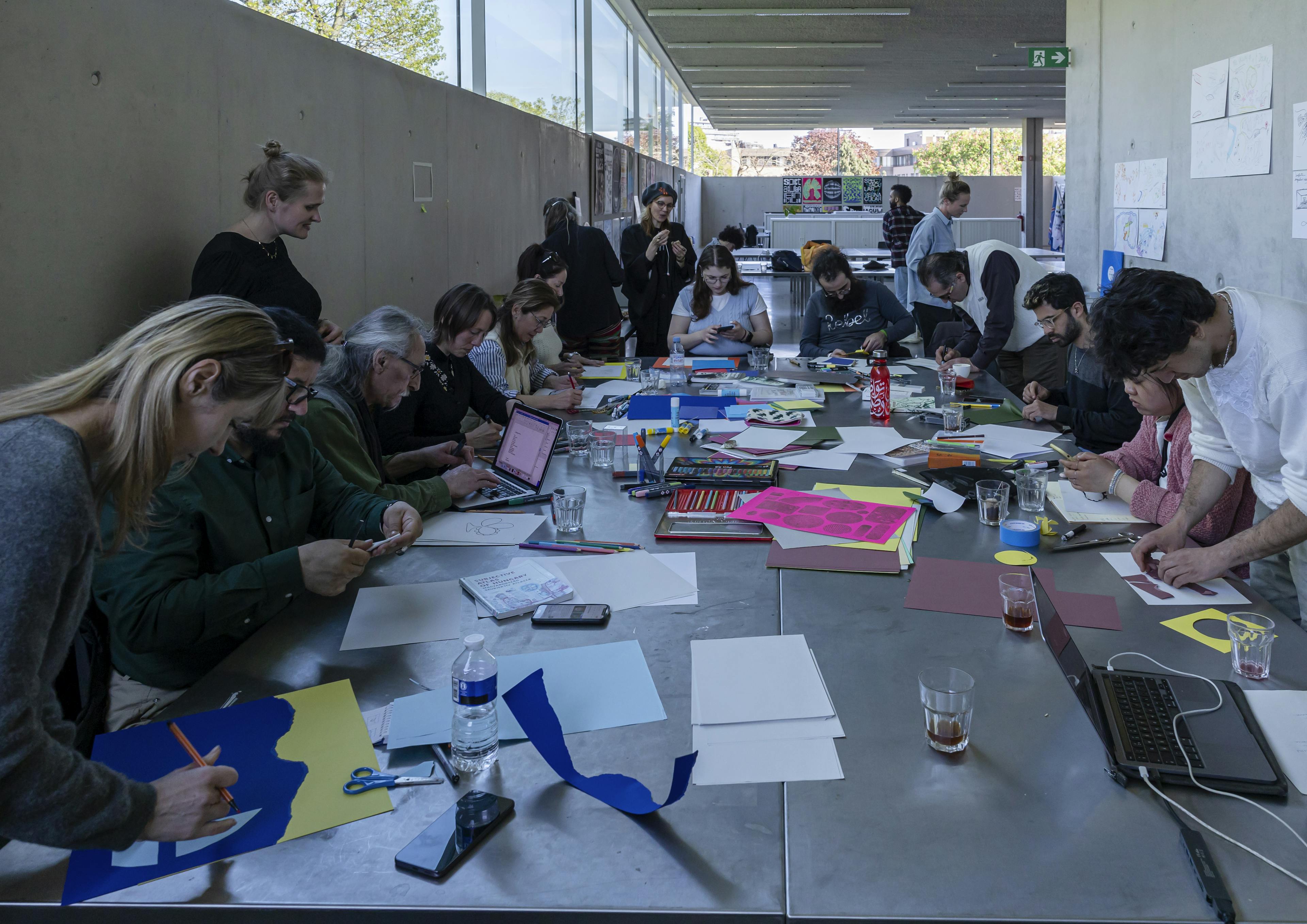
Annelys de Vet is a Dutch designer, educator, and researcher. She runs her own Belgium-based design practice focusing on longer-term participative design projects that engage in social and political struggles. One of her main projects concerns the creation of, what she calls, Subjective Atlases, which are bottom-up cartographic publications that map a country, region, or city by inhabitants themselves. The idea is to support communities in mapping their environment from within, starting from place-based understandings and lived experiences.
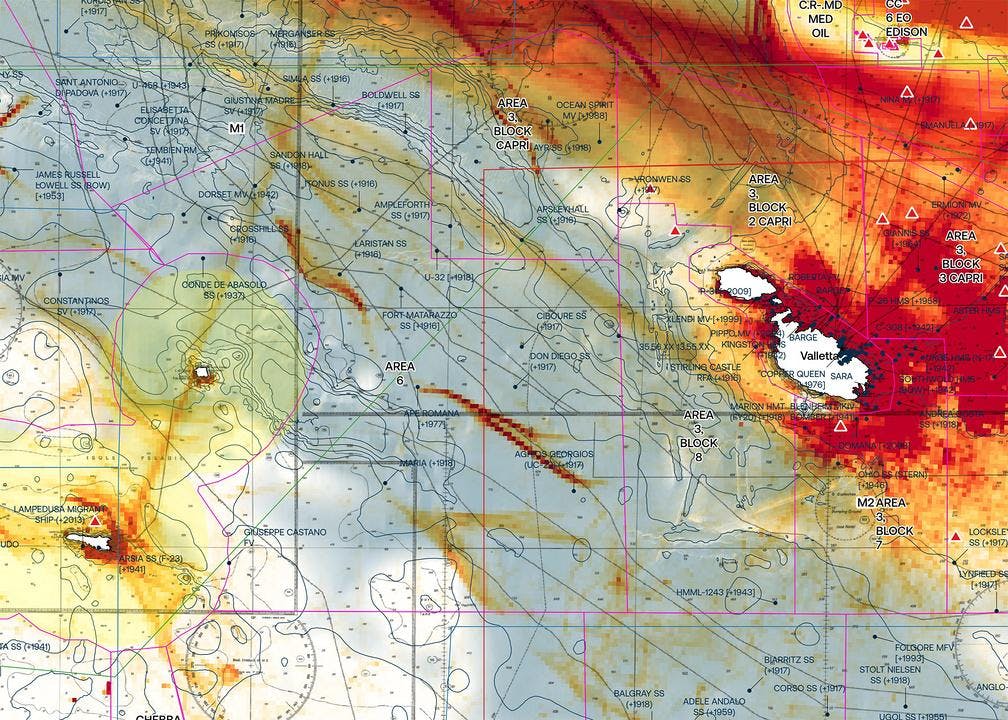
Catalogtree is a multidisciplinary design studio based in Arnhem, the Netherlands, founded by Daniel Gross and Joris Maltha, who also teach at the ArtEZ Institute of the Arts in Arnhem. Working with the paradigm that form equals behavior, in their work, they are particularly interested in studying self-organized systems. The work of Catalogtree is, among others, in the collection of the Cooper Hewitt, Smithsonian Museum of Design (NYC, US), The Archive of Het Nieuwe Instituut (Rotterdam, NL), and the Museum of Design Zurich (Zurich, CH).
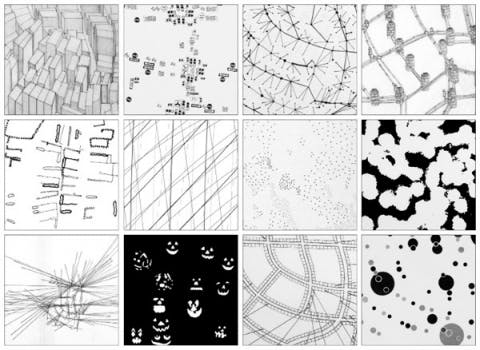
Denis Wood is an artist, author, cartographer, and a former professor of Design at North Carolina State University. He is the author of many publications on critical cartography, among which the essay Cartography is dead (Thank God!) (2003) and the most influential The Power of Maps (1992). His latest book, co-written with John Krygier, is Making Maps, Second Edition: A Visual Guide to Map Design for GIS (2016). Alongside his work on maps, he works as a collage artist, poet, and painter.

Henk van Houtum is Professor of Geopolitics and Political Geography at Radboud University Nijmegen. He writes and teaches on the cartography and geopolitics of borders, bordering, and migration. Previous works include: Voorbij Fort Europa (Beyond Fortress Europe) (2016), written together with Leo Lucassen, and Borderland; Atlas, essays and design. History and future of the border landscape (2013), published together with Mark Eker.
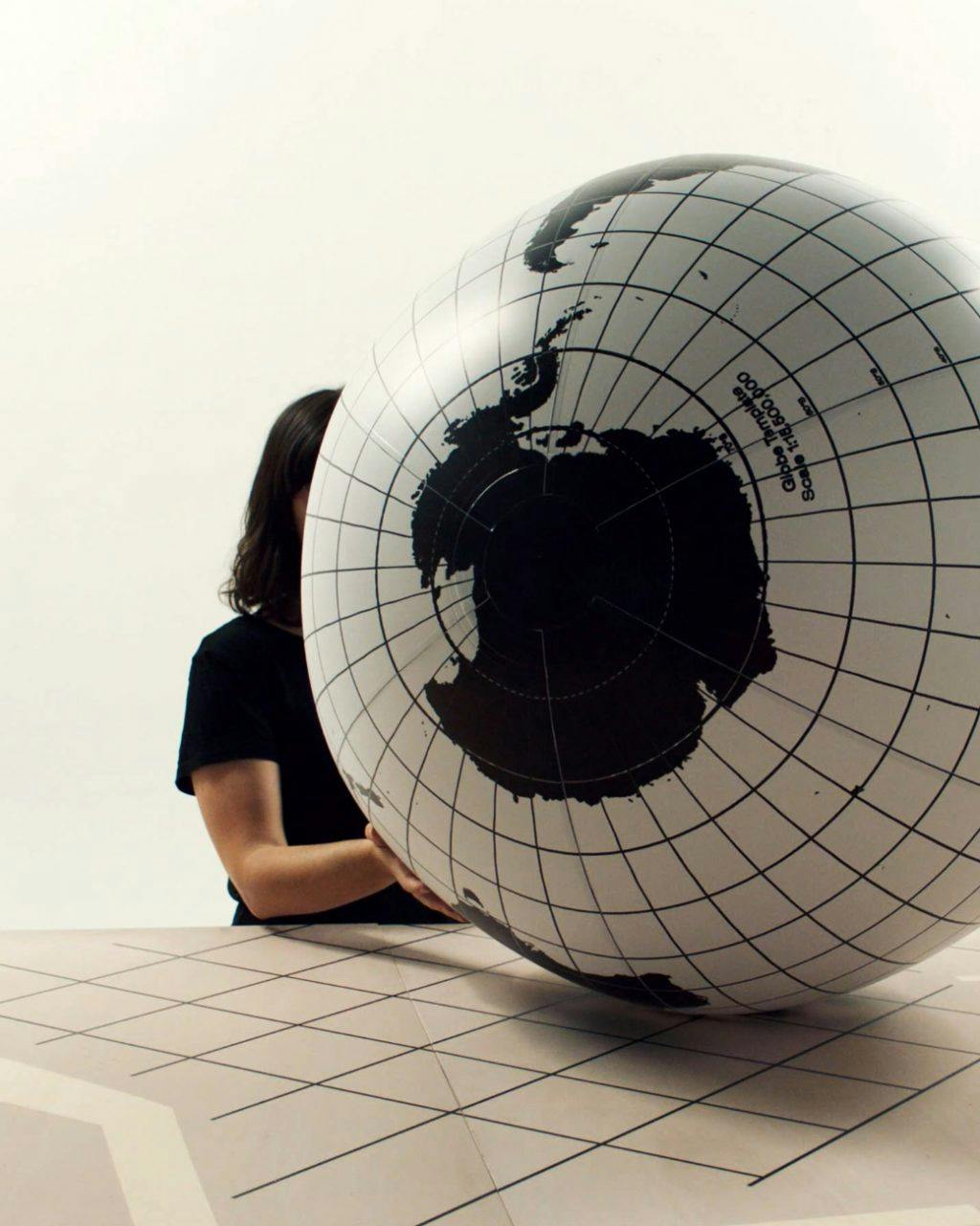
Irene Straccuzi is an Italian graphic and information designer based in Amsterdam. She teaches in the master departments at Design Academy Eindhoven as a design tutor. One of her main interests is cartography, particularly the cartographic design of disputed borders and border politics, legal frameworks, natural resources, and climate change. Her projects reveal the unacknowledged influence of the designer in the world order and the need for a more careful and informed approach to data. Her work has been displayed in various museums and exhibitions.
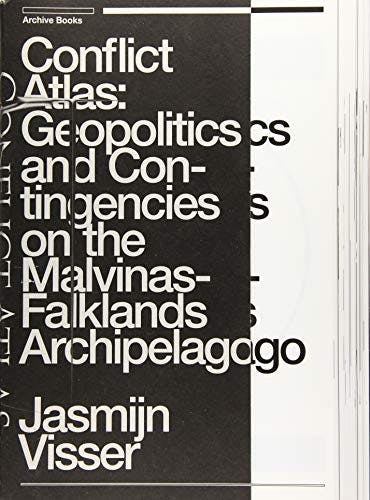
Jasmijn Visser is an artist working at the intersection of art, design, and academia. She particularly focuses on narrative patterns of geopolitical conflicts. As the artistic director of ‘Cultural Climate Models’ at the Rachel Carson Center in Munich, she is currently researching narratives and aesthetics of climate change. Previous projects include Conflict Atlas: A history of the Falklands Conflict seen from the lens of Interrelated Geopolitical Conflict; and Serf Club. Visser was a student at De Ateliers and a resident of the Delfina Foundation in London and The Meertens Institute in Amsterdam.
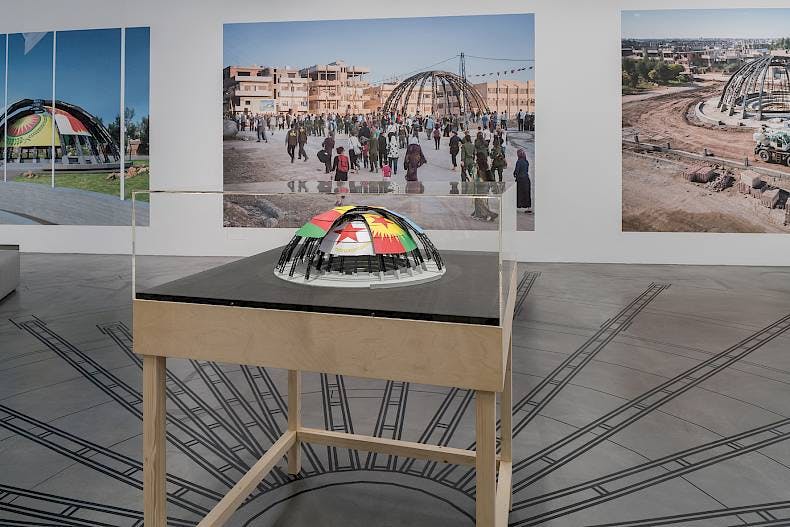
Jonas Staal is a visual artist whose work deals with the relation between art, propaganda, and democracy. He is the founder of the artistic and political organization New World Summit (2012-current), which creates alternative parliaments for stateless and blacklisted organizations that are criminalized through the War on Terror. New World Summit aims to counter the expansion of military and colonial interests under the veil of democracy and freedom. His most recent publication is Propaganda Art in the 21st Century (The MIT Press, 2019). His projects have been exhibited widely. In 2023, Staal received the Prix de Rome Visual Arts. A quote by Staal is: “For a long time, artists have been told: Sois belle et
tais-toi – be pretty and shut up. That time has now finally gone’’.
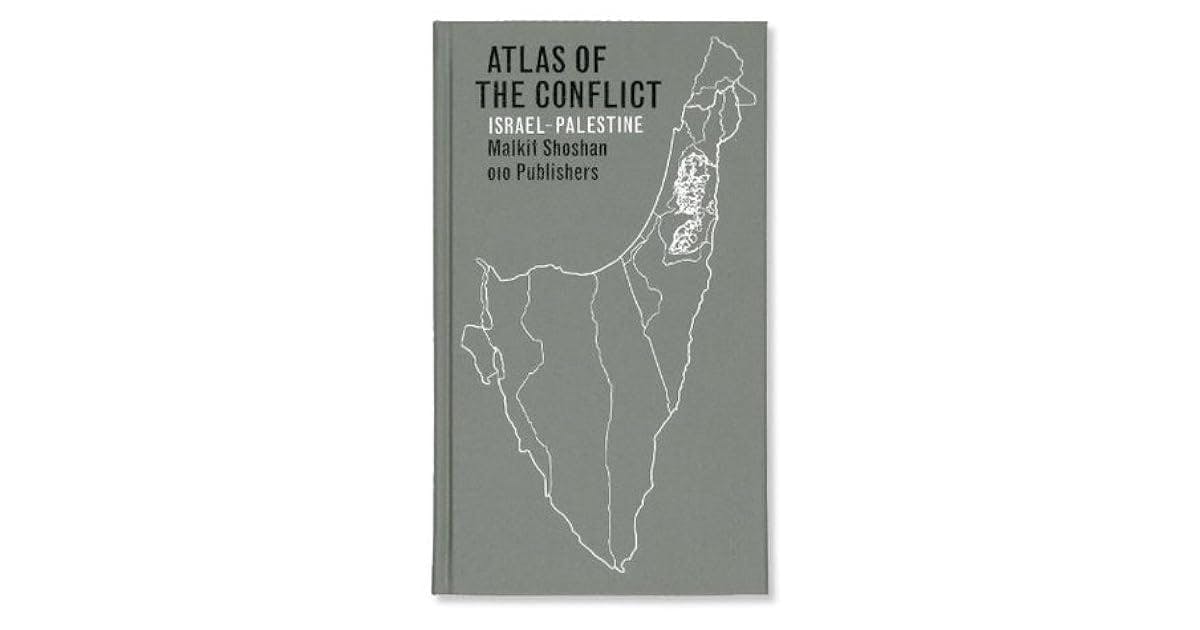
Malkit Shoshan is a designer, researcher, educator, writer, and the founding director of the architectural think tank FAST: Foundation for Achieving Seamless Territory. Shoshan is the author and mapmaker of, among others, the influential book Atlas of Conflict: Israel-Palestine (010 Publishers, 2010), which visually portrays the emergence of Israel and the disappearance of Palestine over the past century. In 2016, Shoshan curated the Dutch Pavilion at The Venice Architecture Biennale, presenting the exhibition BLUE: Architecture of UN Peacekeeping Missions This exhibition was part of a research and design project that explores the influence of UN missions on cities, communities, and the environment, which is also the focus of her recent book, BLUE: The Architecture of UN Peacekeeping Missions (Actar, 2023). Since 2016, Shoshan has been teaching at Harvard University Graduate School of Design.
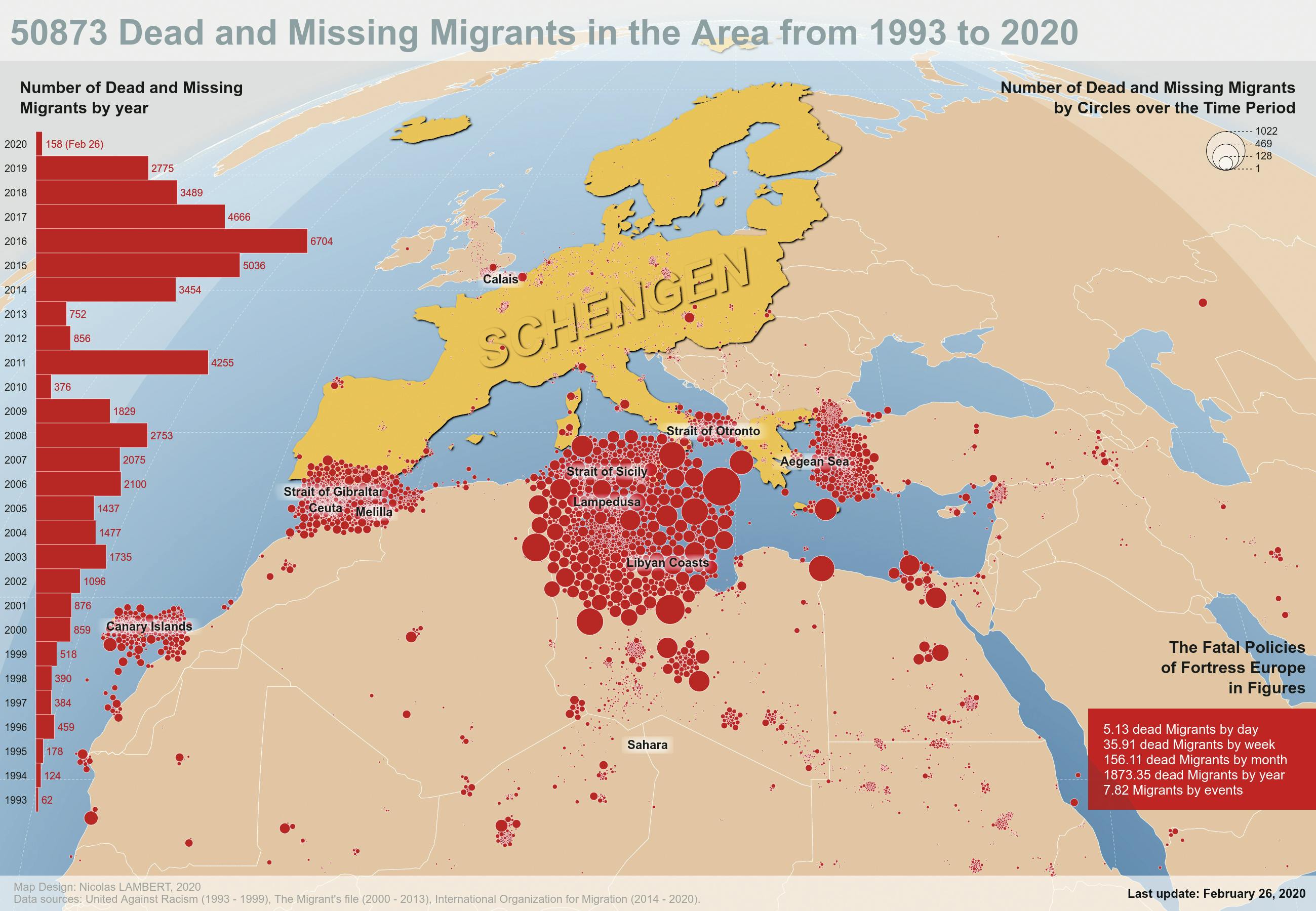
Nicolas Lambert is a research engineer in geographic information sciences at the CNRS (France). Within the RIATE Team, he designs interactive and animated maps with R and D3js as well as static editorial maps. Member of the Migreurop network and of the French Committee of Cartography, he has participated in the realization of several works such as the Atlas of Europe in the World (2008), the Atlas of Migrants in Europe (2009, 2012, 2017, 2023), Practical Handbook of Thematic Cartography (2023), and Mad Maps (2019). He teaches cartography at the University of Paris Cité.
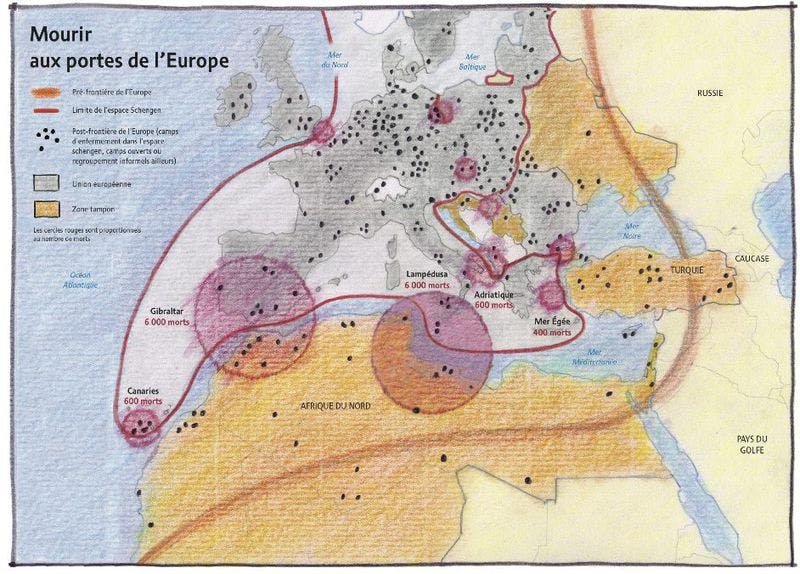
Philippe Rekacewicz is a geographer and cartographer. After earning his degree in geography from the University of Paris 1 (Panthéon-Sorbonne), he worked at Le Monde diplomatique from 1988 to 2014. Between 1996 and 2008, he headed in parallel the cartographic department of GRID-Arendal in Norway, a delocalized office of the United Nations Environment Program. Since 2014, he has worked as a geographer and cartographer for art museums, geopolitical institutions, and international organizations. Currently, he is an associated researcher at the University of Wageningen, the Netherlands. He is keenly interested in the relationships between cartography, art, and geopolitical questions like migration, refugees, and borders. He has been at the forefront of radical cartography that aims to visually de- and reconstruct the categories from which the world is understood and the structures of power that construct it.
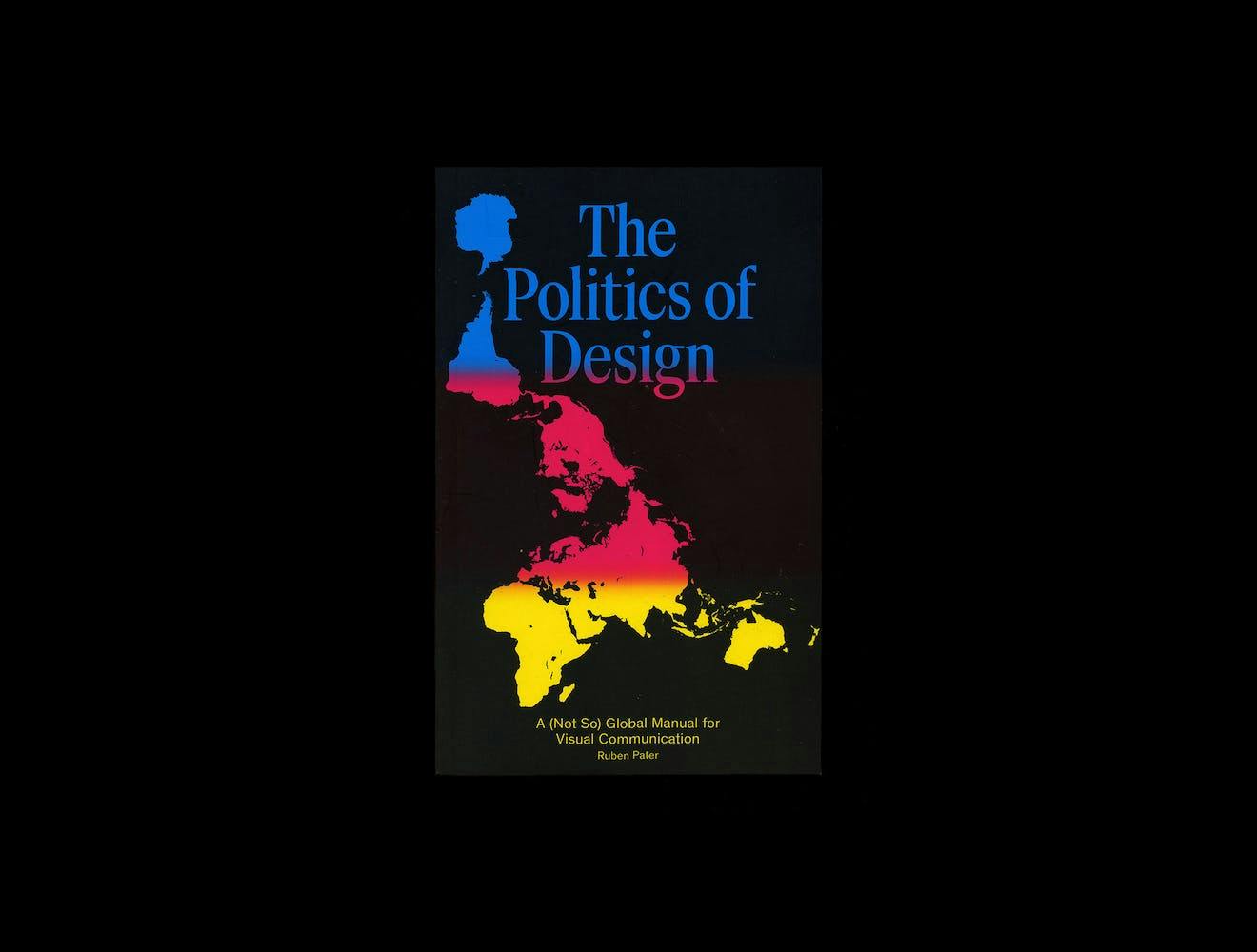
Ruben Pater is a Dutch designer and researcher. In addition, he is teaching at the Royal Academy of Art, the Hague. His mission is to create visual narratives, the untold stories, about complex political issues. By visually translating stories that are untold because they are sensitive or unprofitable, Pater aims to activate the public interest. In 2016, he published Politics of Design, A (Not so) Global manual for Visual Communication and in 2021 Caps Lock – How Capitalism Took Hold of Graphic Design, and how to Escape from it.

Sarah Mekdjian is Assistant professor in Geography at the University Grenoble Alpes and PACTE laboratory in Grenoble. She has a key interest in critical legal analysis and the counter-mapping of migration and border policies. Among others, together with Anne-Laure Amilhat Szary, Marie Moreau, Gladeema Nasruddin, she has been making experience-maps of migration routes (see Figure 57, above).
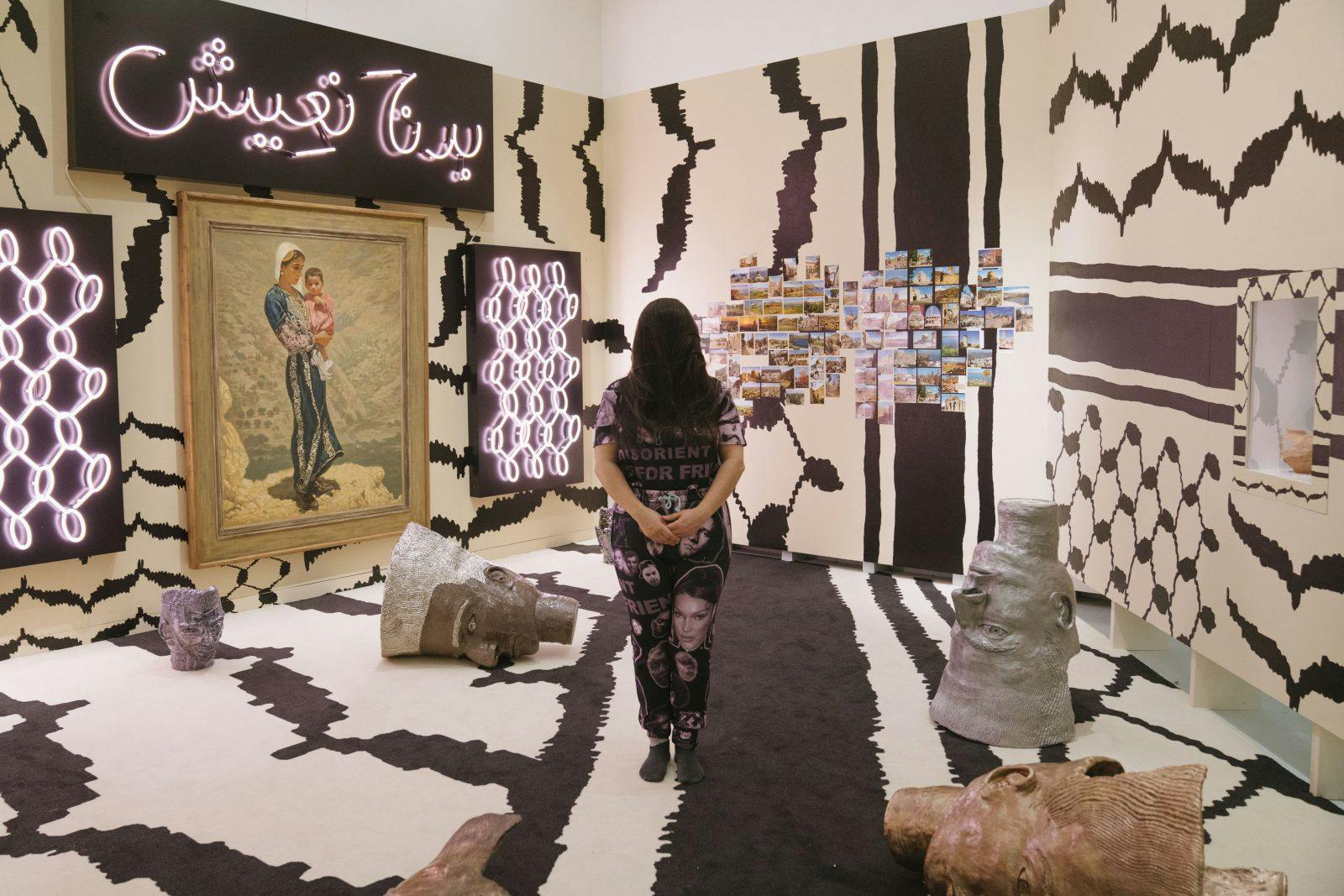
Susanne Khalil Yusef was born in Germany to parents that were Palestinian refugees. She studied Fine Art at the St Joost Academy in ‘s Hertogenbosch. In her artwork, she raises critical questions about themes such as homeland, displacement, identity, and socio-geographic power relations. The stories in her work are closely related to her biography – such as the conflicts in her home country, Palestine, including migration, autonomy, orientalism, exile, and colonial situations. Her work has been shown in various museums and galleries. She is currently a resident at the Rijksakademie in Amsterdam.
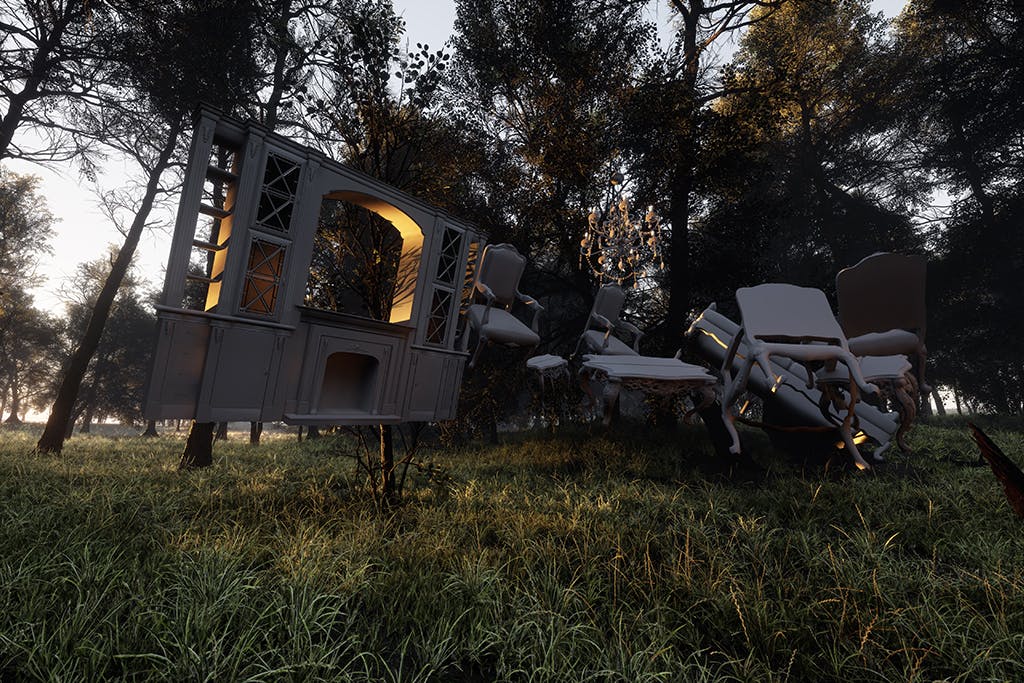
Tofe Al-Obaidi is a graphic designer and lecturer at the Art academy ArtEZ, in Arnhem. When he was fourteen years old, Tofe Al-Obaidi fled from Iraq to the Netherlands with his parents. The memories of his old home and the imagination of what his life in the Netherlands will bring are important themes in his current work.
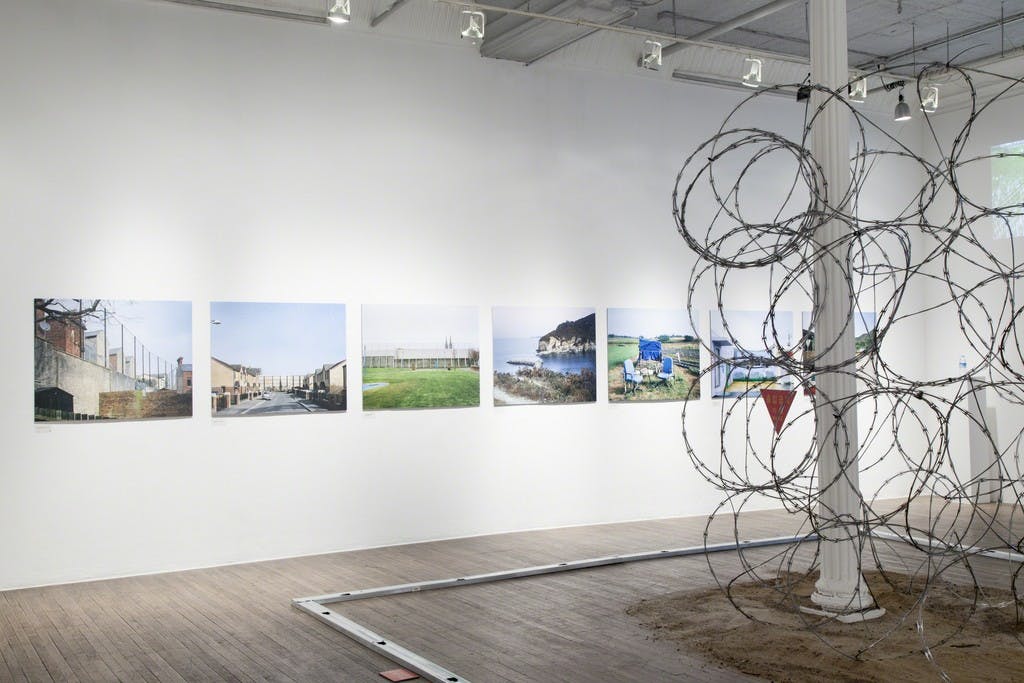
Yishay Garbasz is a Berlin-based interdisciplinary artist. Her work explores culturally specific inheritance of traumatic memories. By working with marginalized communities and in areas affected by war and disaster, she is engaged in a continual process of making the invisible visible, making the unsightly tenderly seen. Her work has been exhibited in solo and group shows in galleries and museums internationally, including Tokyo, Seoul, New York, Miami, Boston, Berlin, Paris, London, and the Busan Biennale.